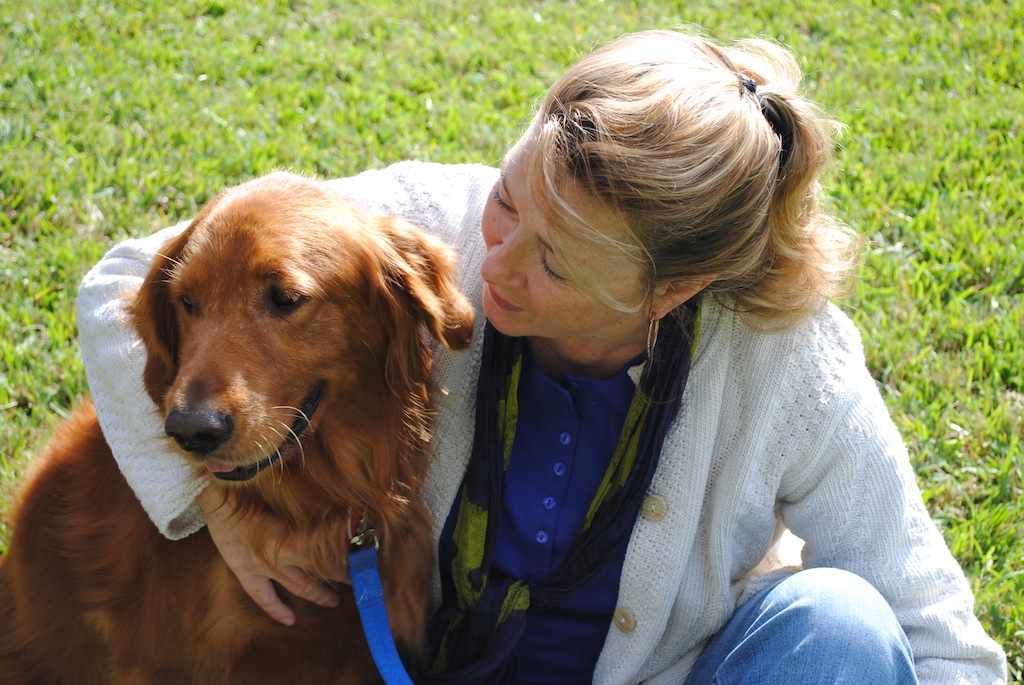By Lindsay Marks | gargoyle@flagler.edu
The stray kitten whose ribs were showing had been living in the frigid Michigan weather for months. He ignored the food that was in my passenger seat and sat on my lap purring as I took him home.
I found Dennis during a very emotional time in my life. My boyfriend had moved across the country and my home life was stressful. While leaving my grandma’s house, this little cat kept jumping on my hood begging me to take him home. After days of begging my parents, little Dennis was mine.
Little Dennis is also not so little anymore. Weighing in at a hefty 18 pounds, he’s my big bundle of joy. Not only are pets fun, they become part of the family. Crazy cat lady or not, Dennis and I are best pals. He rides patiently from Michigan to Florida when school starts. He sleeps by my feet at night. And he’s a great distraction from homework.
Three years later I found myself waiting in a vet’s lobby with Dennis on two IVs. I prayed he’d pull through. His blood needed to be cleansed of the toxins that had soaked into his skin. I, as well as my vet, believed Dennis had an adverse reaction to an over-the-counter flea medication. He dramatically lost weight, had trouble breathing, became severely dehydrated, and barely made it through the first night at the vet’s.
I was told that oftentimes over-the-counter topical flea medication can actually soak into the bloodstream of animals. This becomes poison to their systems.
I was heading home for Christmas break and was staying in a hotel with Dennis. My only thought was to buy some cheap medicine so that he wouldn’t pick up anything throughout the trip. I thought it was like picking up some allergy medication for a stuffy nose. We typically pick something that we either recognize the brand name for or trust the generic. Most of us do not research for hours online before we purchase an over-the-counter antihistamine or aspirin.
And the same is true with our pets. We trust that they’re safe. That companies and federal agencies like the Food and Drug Administration or the Environmental Protection Agency will make sure that the products we buy at our local supermarket are safe for our, and our pets’, consumption.
But how many of us know that on March 17, 2010, the EPA released a statement on increasing the restrictions for flea and tick products, as well as cautioning consumers to use the products with care? The first few words of the release are, “Due to a significant increase in adverse incidents …”
The release goes on to list the different actions that the EPA will pursue in regards to more strict testing, labeling, and other changes to these products. The EPA also gives results of the evaluation of the reported pet incidents. They have recommendations listed about how they will address certain problems, such as conditions of registration, making labels more understandable, and improving dosing requirements.
However, one of the recommendations listed is in regards to “inert ingredients.” These non-active ingredients were apparently interchangeable. One of the recommendations states, “Disallow inerts that have suspected toxic effects when and if these are identified.” Why wasn’t this done before? This release, in 2010, is all about making the regulations stricter for flea and tick medications. I think the most obvious question to ask is why weren’t there strict regulations to begin with? We treat our pets like family, so shouldn’t we have the same strict standards?
Even on some of the over the counter flea and tick medications’ websites, such as Hartz, the warnings and hazards of using the product are very limited. They describe any bad reaction as “sensitivity” and do not go into detail about the side effects of these medications.
Although it’s hard to say if Dennis’ illness was due to the medication, flushing his bloodstream after using it seemed to make him better. And while I want to make sure that he is as comfortable and healthy as can be, I am now terrified to use anything on him that isn’t highly recommended by my veterinarian.
The pet industry is huge in this country. According to an article in the Denver Post, Americans are projected to spend over $50 billion on their pets this year. It stands to reason that we should make keeping them healthy a priority. I saved Dennis’ life three years ago when I found him in the snow. In return, he gives me laughs, great pictures, and a sore back when I carry him around too long. The least I can do for this little guy is keep him healthy. And I think that responsibility should also be on companies and the federal agencies overseeing these over-the-counter brands.





Be the first to comment on "A call for stricter standards for our pets"